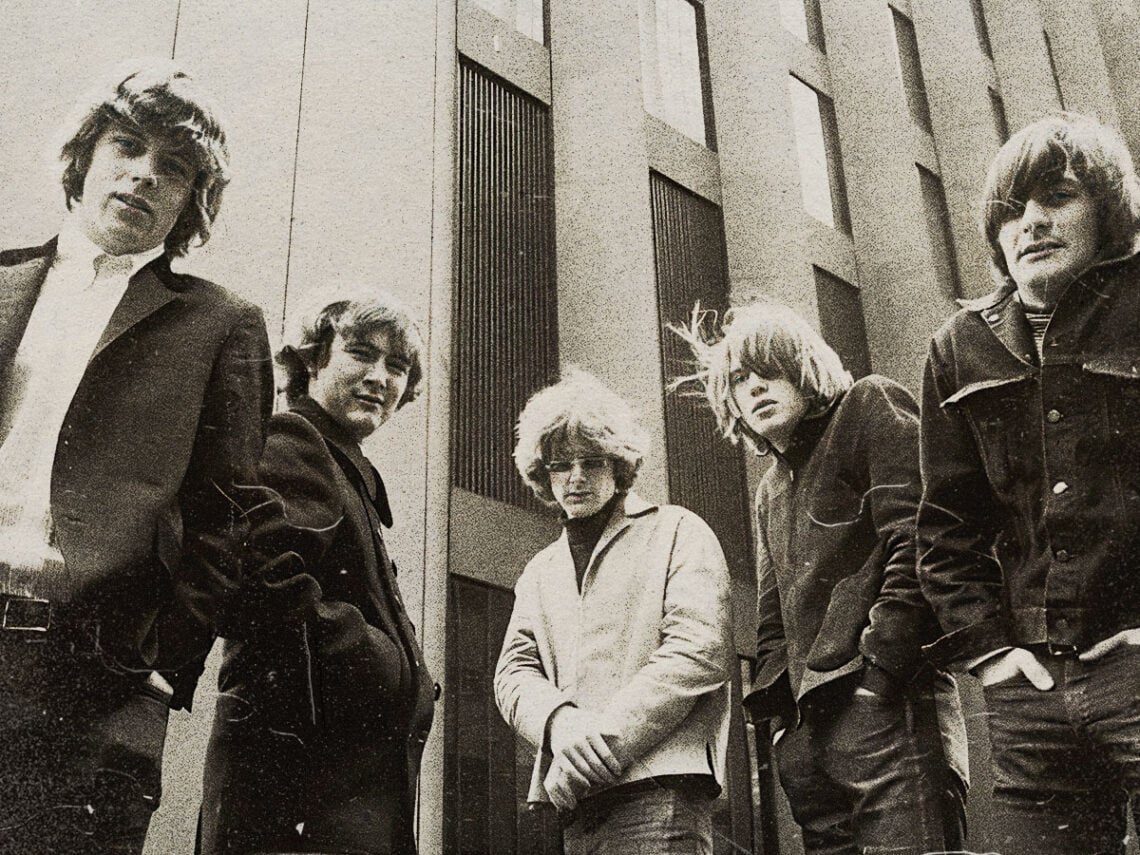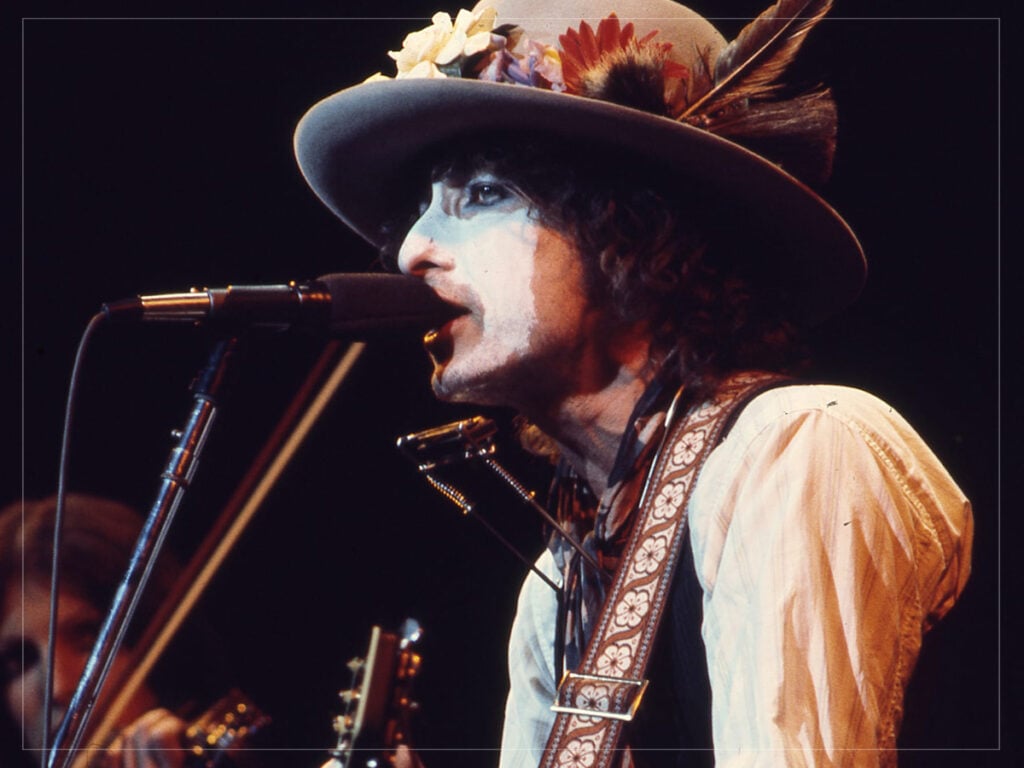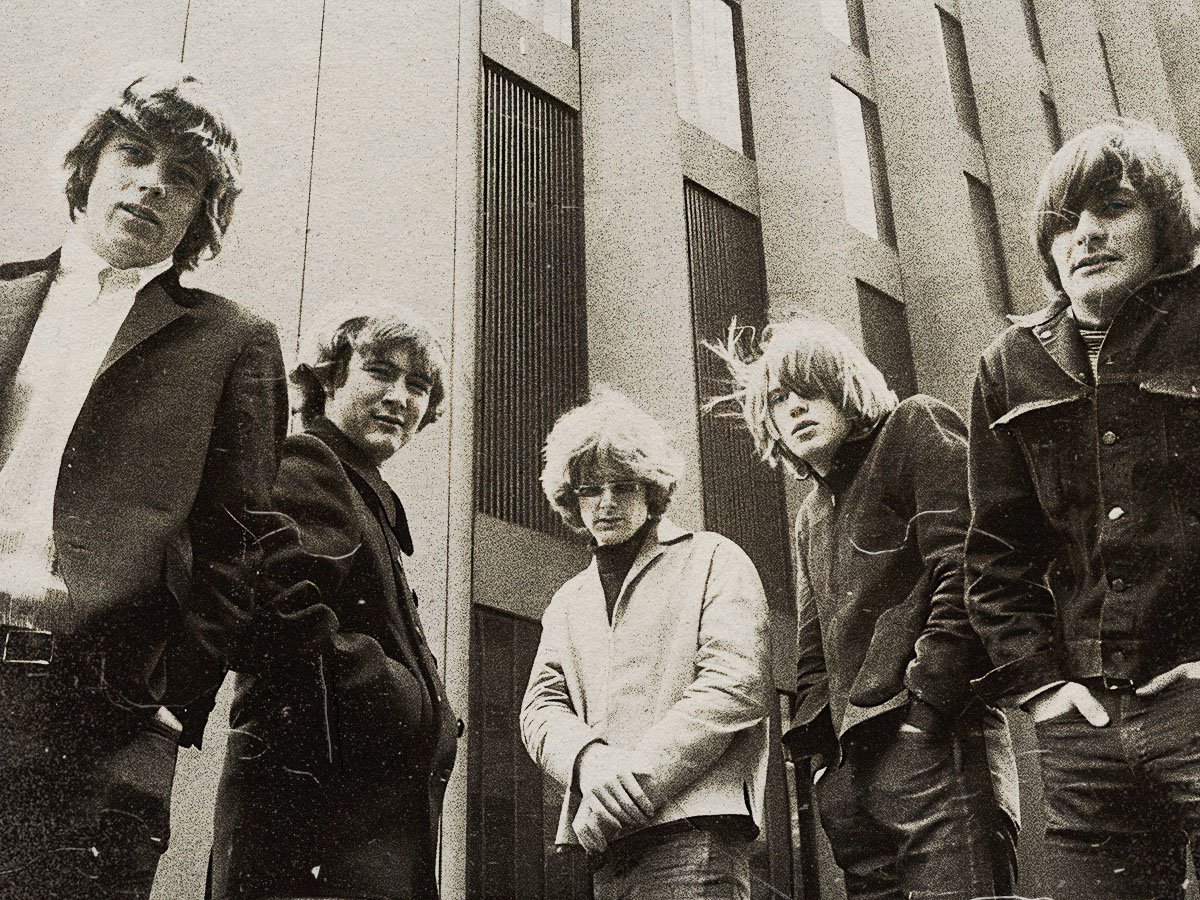
(Credits: Far Out / Tidal)
Wed 1 October 2025 13:39, UK
Ask anyone alive at the time, with just one swizzle of the radio dial, it was clear that The Byrds had something going for them that couldn’t be replicated.
Inspired by the stacked vocal harmonies they heard in everything from folk music to barbershop quartets to The Beatles, the three singers in the band fine-tuned their three-part blend to make it part of their signature sound. It wouldn’t have sounded the same if anyone other than Roger McGuinn, Gene Clark, and David Crosby had commanded those vocal tones.
But the band had another element that made them stand out in the crowd. That would be McGuinn’s chiming twelve-string Rickenbacker electric guitar. The instrument would prove itself to be one of the most influential pieces of kit in the decade.
Just as rock and folk music were on a direct collision course, McGuinn pioneered a sound that everyone from George Harrison to Tom Petty to Paul Westerberg to Bob Mould would ape down the line. He didn;t thrash through the bounce of Chuck Berry or fingerpick like a folkie, McGuinn managed to deliver both sounds with a delicate balance usually reserved for trapeze artists. McGuinn’s guitar was as essential as the band’s three-part harmonies, but on their first hit, those were the only actual contributions that The Byrds themselves made.
Famously, ‘Mr. Tambourine Man’ isn’t a Byrds song – it’s a Bob Dylan song. But we probably didn’t need to tell you that. However, if you were living in the ’60s there’s a high chance that it would be The Byrds’ single that caught your attention, not the tones of Dylan.
 Bob Dylan on stage. (Credits: Far Out / Netflix)
Bob Dylan on stage. (Credits: Far Out / Netflix)
Dylan never released it as a single, letting it languish as the starting track to the B-side of Bringing It All Back Home instead, but it still became one of his best-known tracks. When Dylan originally released the song in April 1965, it didn’t take long for the song to find its way into other bands’ repertoires. But The Byrds got to it first. In fact, they beat Dylan’s release to the punch by a few days, also releasing their single version of ‘Mr. Tambourine Man’ in April 1965.
Dylan himself had signed off on The Byrds’ version, and when the band entered Columbia Studios in Hollywood on January 20th, 1965, they had perfected the arrangement. But producer Terry Melcher had other ideas: he didn’t like the rest of the band’s performance. Melcher decided that apart from McGuinn’s 12-string, the rest of the instrumental parts on ‘Mr Tambourine Man’ would be played by session musicians.
Not just any session musicians, either: Melcher brought in The Wrecking Crew, the group of top-tier Los Angeles session musicians who played on nearly every iconic chart hit from the late 1950s on. The lineup for the ‘Mr Tambourine Man’ sessions included four of the biggest names from the Crew: drummer Hal Blaine, guitarist Jerry Cole, bassist Larry Knechtel, and keyboardist Leon Russell. After the backing track was done, McGuinn, Clark, and Crosby recorded their harmonies over the top.
Although he didn’t get to play on the instrumental part of the number one single, Crosby is credited with arranging the trio of harmony vocals that made ‘Mr. Tambourine Man’ distinct. “I give the credit to Crosby,” McGuinn said in 2011, “He was brilliant at devising these harmony parts that were not strict third, fourth, or fifth improvisational combination of the three. That’s what makes the Byrds’ harmonies.” When The Byrds scored their second number one hit with ‘Turn! Turn! Turn!’, Crosby was there to provide rhythm guitar as well as vocals.
Dylan would eventually approve of the single and share about The Byrds and other pop acts: “They made some of my songs Top 10 hits but I wasn’t a pop songwriter and I really didn’t want to be that, but it was good that it happened. Their versions of my songs were like commercials, but I didn’t really mind that, because 50 years later, my songs were being used in the commercials. So that was good too. I was glad it happened, and I was glad they’d done it.”
Check out ‘Mr. Tambourine Man’ down below.
Related Topics
The Far Out Bob Dylan Newsletter
All the latest stories about Bob Dylan from the independent voice of culture.
Straight to your inbox.
